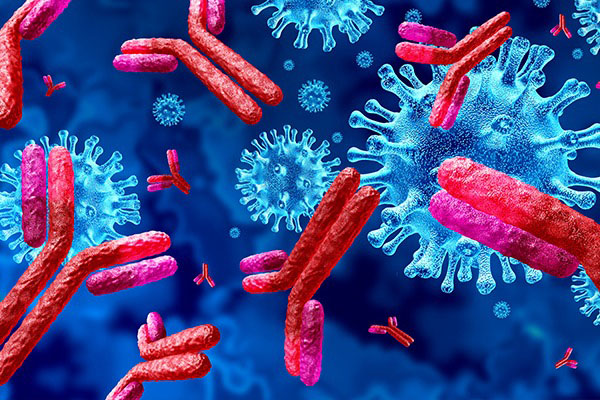There are currently over 100 monoclonal antibodies worldwide that are approved as therapeutics or are undergoing regulatory review. For companies developing therapeutic antibodies, it is critical that a multi-jurisdictional patent strategy be adopted at the outset – that is at the patent drafting stage of the patenting process.

The following summarizes a number of important considerations when drafting claims for patent applications intended to be filed in Canada.
As with all patent claims in Canada, claims intended to patent antibodies must be directed to patentable subject matter that is novel, inventive, supported by an enabling written description, and be either demonstrated or soundly predicted to have utility.
Unlike some other jurisdictions, Canada allows patenting antibodies obtained from immunizing an animal with an antigen, e.g. an isolated antibody comprising an amino acid sequence that is identical to the antibody sequence found in an immunized animal.
Canada also allows claims to an antibody that is defined only in terms of the antigen that can be used to produce it. For such a claim to be considered novel in Canada, the antigen must not have been previously characterized. Furthermore, to meet Canada's enabling description requirements, the patent application should be drafted to include evidence that it would require only routine methods to produce the antibody and not require undue trial and error experimentation. For example, a description that includes full characterization of a novel antigen and evidence of antibody generation in animals may be sufficient to obtain a claim to an antibody that binds the antigen. Based on the current state of antibody technology, this may even be sufficient for claims to humanized or chimeric antibodies, provided there is suitable written description.
Similar to defining an antibody by its antigen, an antibody may be claimed by defining the specific epitope within the antigen. This may even be possible where the antigen (but not the epitope) has been previously characterized so long as there is evidence in the application that the epitope would not have been accessible to bind and activate antibody-producing B cells under a routine immunization-based approach to antibody production.
More typically, antibody claims in Canada (and in other jurisdictions) will define the antibody by its variable region, by specifying the amino acid sequences of the complementarity determining regions (or CDRs) that define the antibody's antigen-binding site. In the absence of evidence to the contrary, all six CDR sequences (i.e. heavy chain CDRs 1, 2 and 3, and light chain CDRs 1, 2 and 3) will need to be defined in a claim based on the assumption that all six CDRs are essential for binding to the epitope.
If only a subset of certain CDRs is needed for epitope binding, then evidence of this should be included in the application to support claiming less than all six CDRs. Notably, there are numerous examples of heavy-chain only antibodies (e.g. in cartilaginous fishes and camelids) that bind antigen in the absence of light chains and so only use heavy chain CDRs 1, 2 and 3. As such, evidence should be included to provide an enabling description for less than six CDRs and to support a sound prediction that all members of the claimed antibody genus would have utility in binding the intended epitope or antigen.
If there is evidence that any amino acids in the CDR sequences may be substituted without abrogating epitope-binding, then that evidence should be included in the application. In the absence of this evidence, the Canadian Patent Office will not allow claims that encompass any deviation (even conservative mutations) from the exact CDR sequences demonstrated in the Examples section of the application.
Claims may also specify a particular functional feature of an antibody beyond merely binding to a particular antigen. Examples of functions that may be recited in a claim include: a particular level of binding affinity, selective binding to a particular epitope within a larger antigen, agonist or antagonist activity, or therapeutic-level activity. Such features in a claim will trigger the Canadian Patent Office to look for additional evidence in the application to satisfy the enabling description and utility requirements.
Lastly, while claims directed to methods of medical treatment are not acceptable in Canada, medical 'use' claims of similar scope are available. Multiple 'use' claim formats are accepted, e.g.:
- Use of antibody x for treatment of disease y
- Use of antibody x in manufacture of a medicament for treatment of disease y
- Antibody x for use in treatment of disease y
Should you have any questions on patenting antibodies in Canada, please contact me or one of my colleagues at Gowling WLG.
For a 2020 review on patenting antibodies in Canada, Europe and the United States, please refer to the following article:
Wilke, MS et al., "Patenting across three jurisdictions", Intellectual Property Magazine, April 2020, pages 37-38.
See our insight Using patents to best protect antibody-based drugs in Russia.